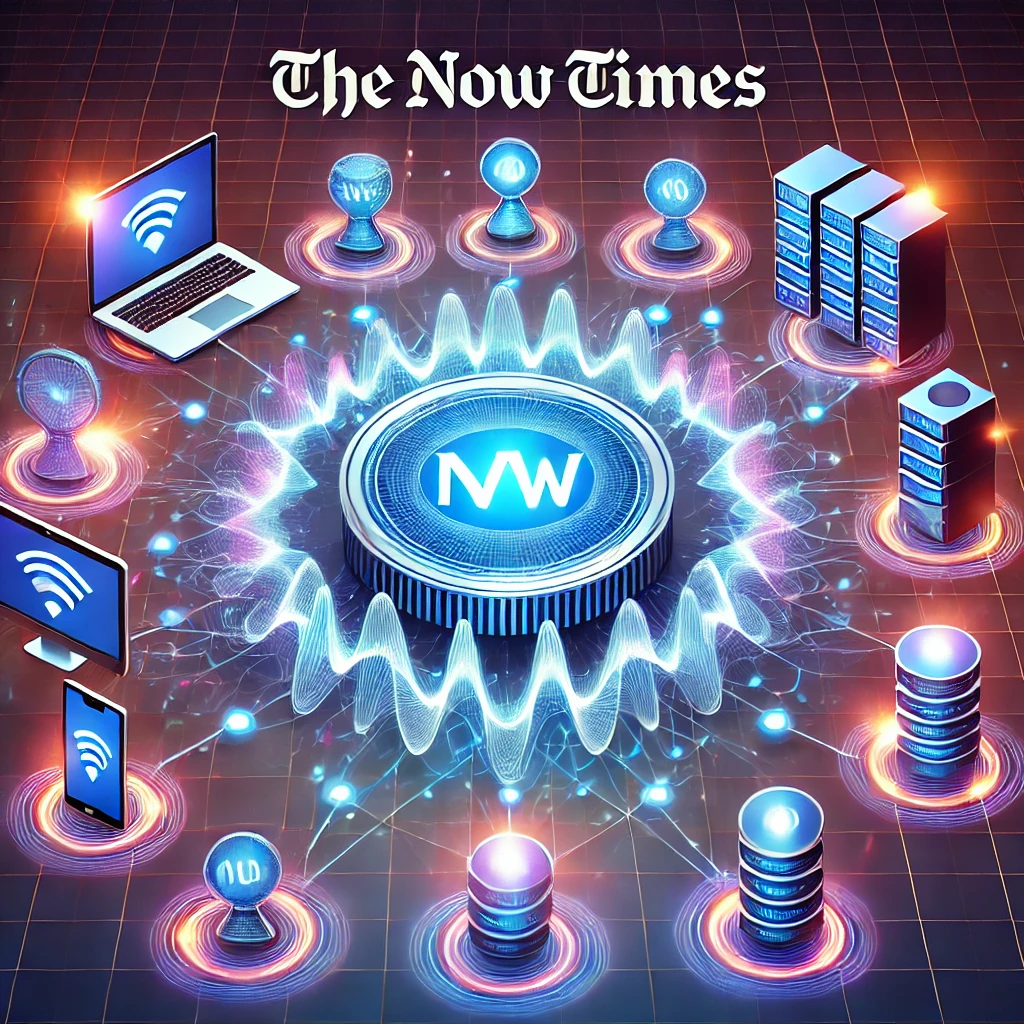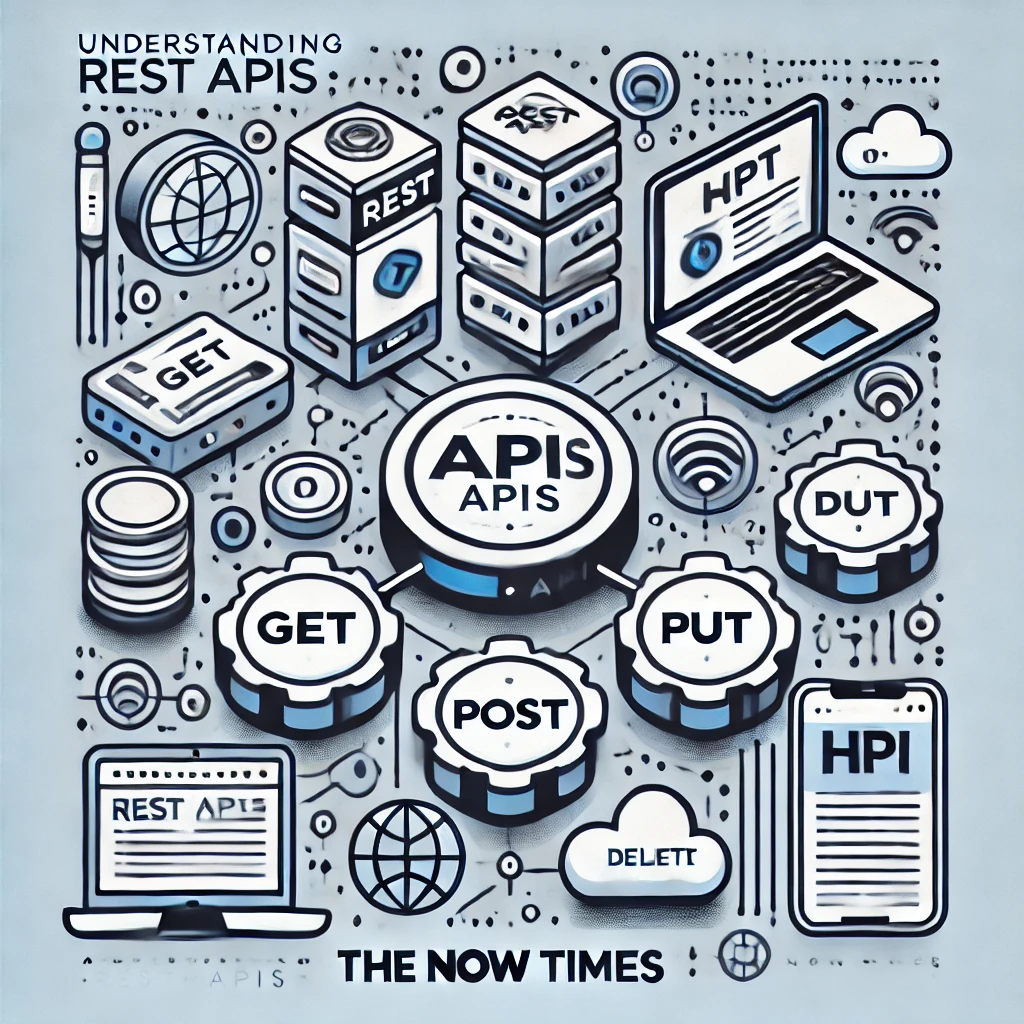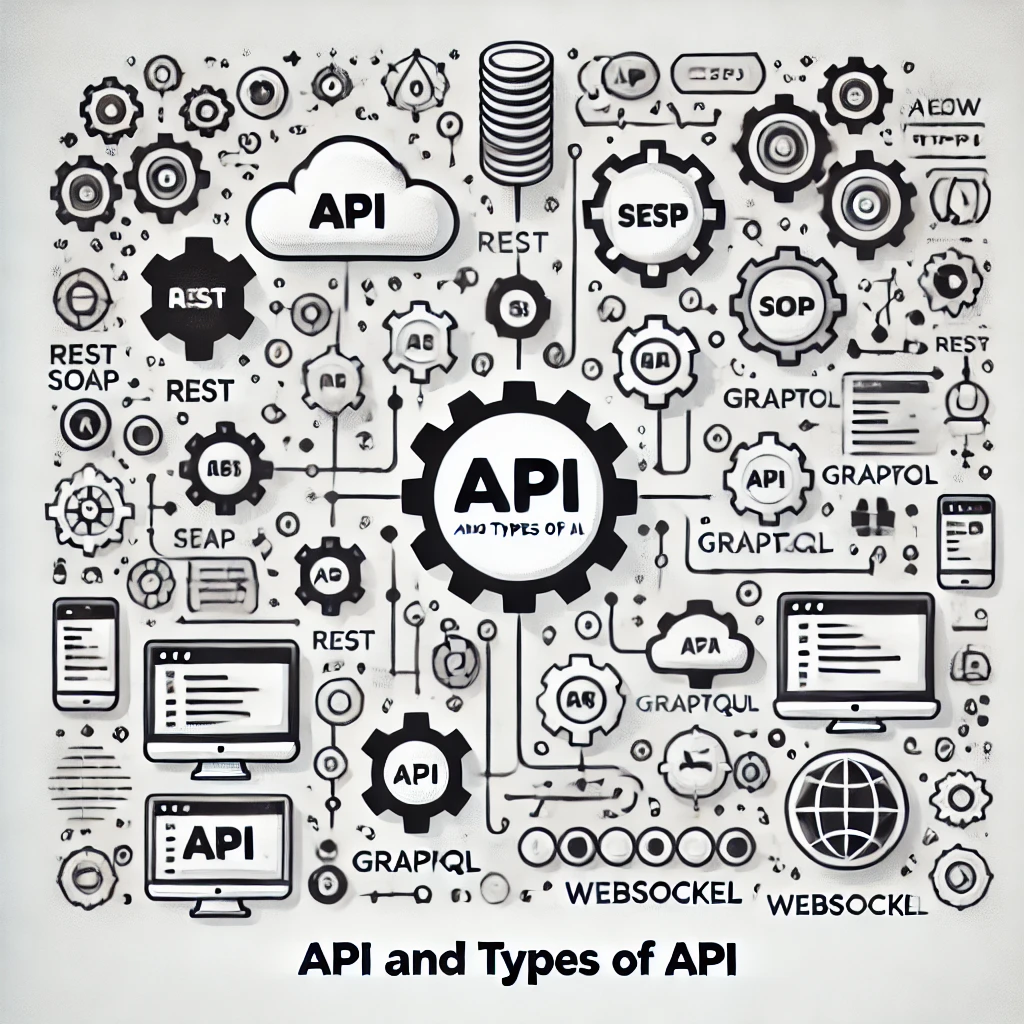Understanding GraphQL APIs
GraphQL APIs provide a powerful alternative to traditional REST APIs, offering more control and flexibility to developers

GraphQL APIs have revolutionized the way developers interact with APIs by providing more flexibility and efficiency compared to traditional approaches like REST. This article explores the concept of GraphQL, its benefits, and how it compares to other API paradigms.
What is GraphQL?
GraphQL is a query language for APIs, as well as a runtime for executing those queries. It was developed by Facebook in 2012 and open-sourced in 2015. Unlike REST, where endpoints are predefined and fixed, GraphQL allows clients to request only the data they need in a single query.
At its core, GraphQL operates on a schema, which defines the types of data and relationships within the API. Clients interact with this schema to fetch or mutate data.
Benefits of GraphQL
1. Efficient Data Fetching - GraphQL eliminates over-fetching and under-fetching of data. Clients can request exactly what they need, reducing the size of API responses.
2. Single Endpoint - Instead of multiple endpoints for different resources, GraphQL uses a single endpoint for all queries and mutations.
3. Strongly Typed Schema - The schema is strongly typed, allowing developers to validate queries before execution, which minimizes runtime errors.
4. Real-Time Capabilities - With GraphQL subscriptions, clients can receive real-time updates, making it ideal for dynamic applications like chat apps or live dashboards.
5. Better Developer Experience - Tools like GraphiQL and Apollo make it easy for developers to explore the schema, test queries, and debug issues.
Key Components of GraphQL APIs
1. Queries
- Queries are used to fetch data from the server. They allow clients to specify exactly what fields they need.
Example:
{
user(id: "1") {
name
email
}
}
2. Mutations
- Mutations are used to modify data on the server. They work similarly to queries but perform create, update, or delete operations.
Example:
mutation {
addUser(name: "John", email: "john@example.com") {
id
}
}
3. Subscriptions
- Subscriptions enable real-time communication by pushing updates from the server to the client.
Example:
subscription {
userAdded {
id
name
}
}
Use Cases of GraphQL
1. Dynamic Frontends
- GraphQL is ideal for applications with dynamic and complex frontends, such as e-commerce platforms or social media sites.
2. Mobile Applications
- By fetching only the necessary data, GraphQL optimizes performance for mobile devices with limited bandwidth.
3. Microservices Architecture
- It can act as a unified interface for multiple microservices, simplifying API management.
Challenges with GraphQL
1. Complexity in Implementation
- Setting up a GraphQL server and schema can be complex compared to REST.
2. Overhead for Small Projects
- For simple APIs, the flexibility of GraphQL might not justify its complexity.
3. Caching Issues
- Unlike REST, caching with GraphQL requires custom solutions, as all requests go through a single endpoint.
Conclusion
GraphQL APIs provide a powerful alternative to traditional REST APIs, offering more control and flexibility to developers. While it may not be suitable for all use cases, its advantages make it a popular choice for modern application development. Understanding and leveraging GraphQL can significantly enhance the efficiency and scalability of your projects.
Leave a Comment
Releted Articles

WebSocket APIs: Real-Time Communication for Modern Applications
The WebSocket API is a powerful tool for enabling two-way, real-time communication between a client and a server.

SOAP APIs (Simple Object Access Protocol)
SOAP APIs are a powerful tool for building web services, especially in enterprise environments where reliability and security are paramount.

Understanding REST APIs: A Continuation of API and Their Types
REST APIs have revolutionized the way systems communicate over the web. Their simplicity, scalability, and compatibility with standard web protocols m

Understanding APIs and Their Types
APIs are the building blocks of modern software development, enabling seamless communication between diverse systems.






0 comments
There is no any command yet!